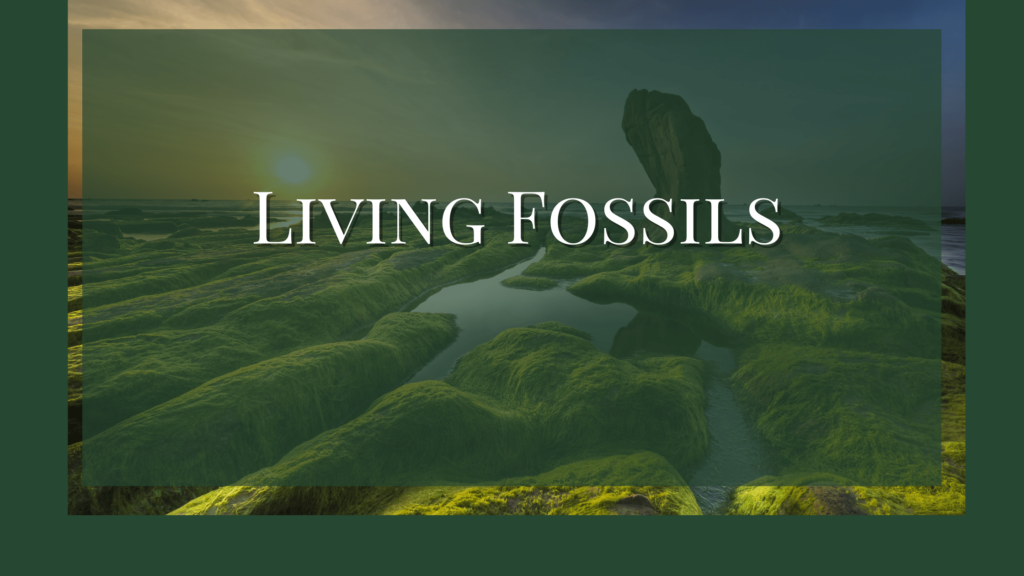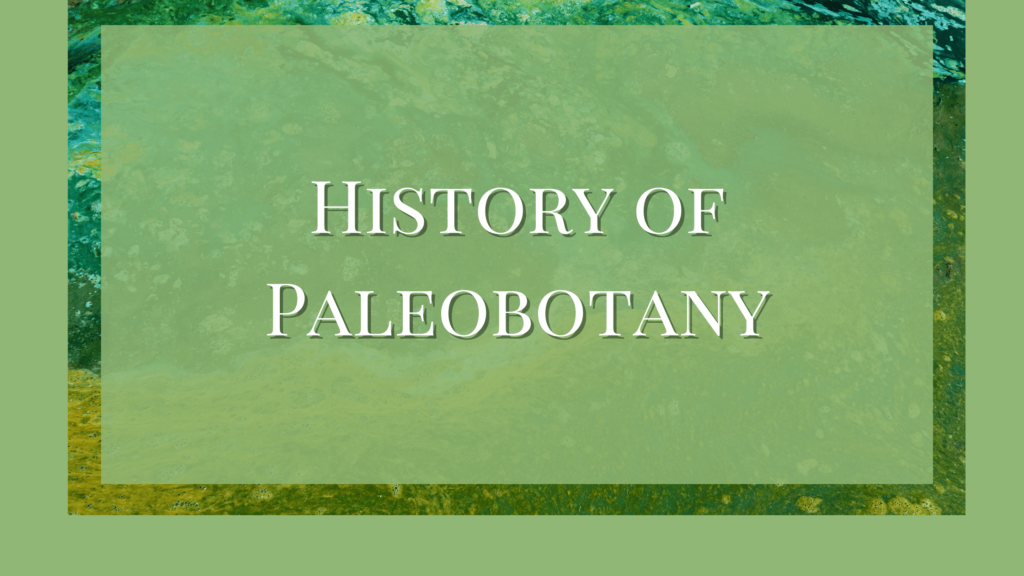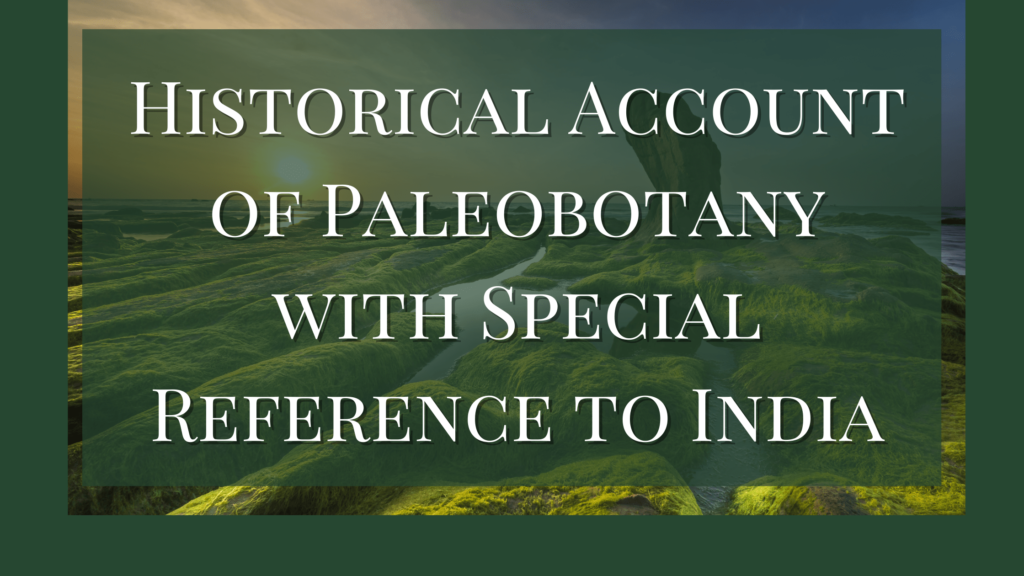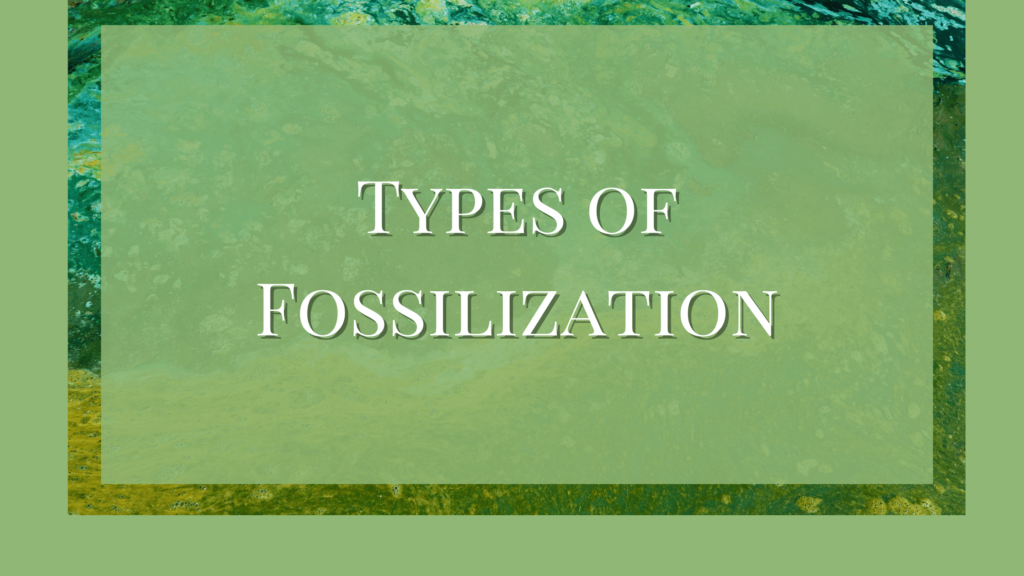The term “living fossils” was coined by Charles Darwin in 1859, in his publication, ‘On the Origin of Species’. A living fossil is an existing organism that closely resembles an extinct organism that is otherwise known only from fossil evidence.
Due to adaptation to the environment over time, living fossils do not retain the primitive features of their ancestors. Their behavior and survival instincts are much more advanced than their ancestors.
An animal or plant, such as the Coelacanth, Ginkgo, and Equisetum belongs to groups, most of whose members are extinct. They are perfect examples of living fossils.
Equisetum
The Equisetum that we are familiar with was found from the Jurassic period which is 160 million years ago. Even though other family members existed in the earlier time, only Equisetum has survived. Nowadays there are almost 20 species of horsetails and they are widely seen all over the world, except in Antarctica.
Ginkgo biloba
Ginkgo biloba is the only surviving species of the family Ginkgoaceae. Recovered fossils revealed that Ginkgo species have remained unchanged over millions of years and similar trees were alive 170 million years ago during the Jurassic period.
Ginkgo was first found in the Early Jurassic period and has existed almost unchanged until now. They were more dense during the Mesozoic but declined in the Cretaceous. The common species that we know today, Ginkgo biloba, is around 50 million years old. It has stood as a testimonial for survival, over the ages.
They are believed to have evolved from seeded ferns. Their seeds have a simple fleshy covering over its seeds. This gives an impression of having fruits on the plant.
Cycads
Another example of living fossils is a group of plants called the Cycads. Cycads resemble palm trees but belong to an entirely different group. This group reached its highest point of evolution in the Mesozoic (about 200 million years ago) and has been declining ever since. At the same time, they do not show any appreciable changes in their evolution. Fossil cycads from the Paleozoic (about 240 million years ago) have many characteristics similar to the cycads of the present time.
Other Living Fossils
- Wollemia nobilis – Discovered in Australia.
- Metasequoia glyptostroboides – Native to China.
- Cycas revoluta – Commonly known as the Sago Palm, found in Japan.
- Amborella trichopoda – Endemic to New Caledonia.
- Lepidozamia hopei – Found in Queensland, Australia.
- Araucaria araucana – Also called the Monkey Puzzle tree, native to Chile and Argentina.
- Sequoia sempervirens – The Coast Redwood found along the coast of California.
- Zamiaceae (cycads) – Various species found worldwide in tropical and subtropical regions.
- Dawn redwood (Metasequoia glyptostroboides) – Native to China.
- Stigmaria sp.: Fossil root from the Carboniferous of Illinois.
- Calamites sp.: Fossil stem from the Carboniferous of Illinois.
- Annularia stellata: Fossil leaves from the Pennsylvanian of the Mazon Creek area, Illinois.
- Tempskya wesseli: Fossil stem from the Cretaceous of Idaho.
References
Living Fossils: Plants – Digital Atlas of Ancient Life. (2019, September 3). Digital Atlas of Ancient Life. https://www.digitalatlasofancientlife.org/ve/living-fossils/plants/
Additional Reading
- History of Paleobotany
- Contribution of Birbal Sahni and Others
- Types of Fossilization
- Methods of Studying Microfossils in a Laboratory





Pingback: 7 Animals That Survived the Dinosaur Extinction - World Today News